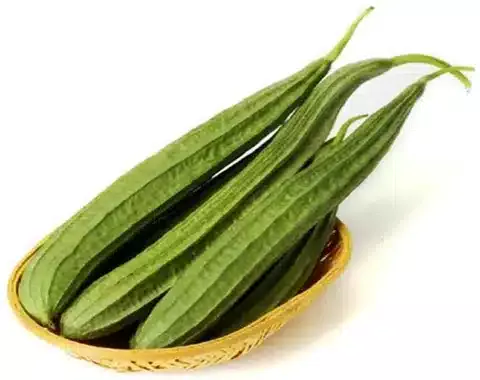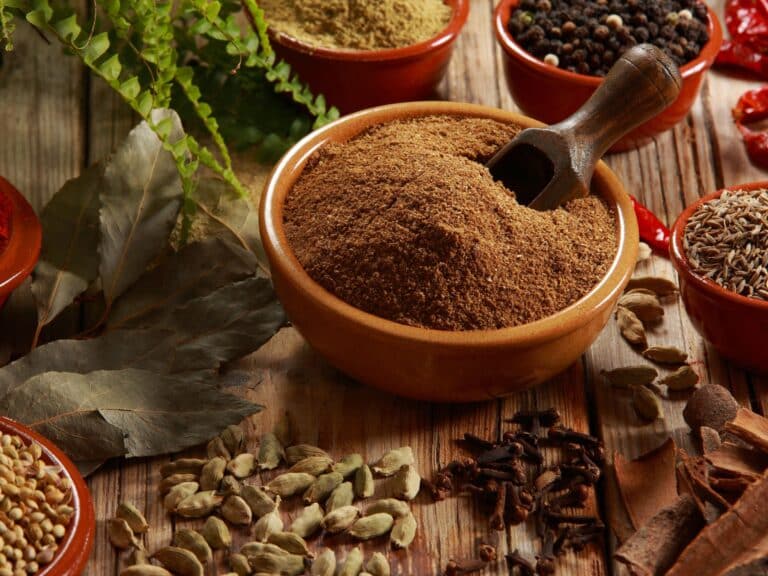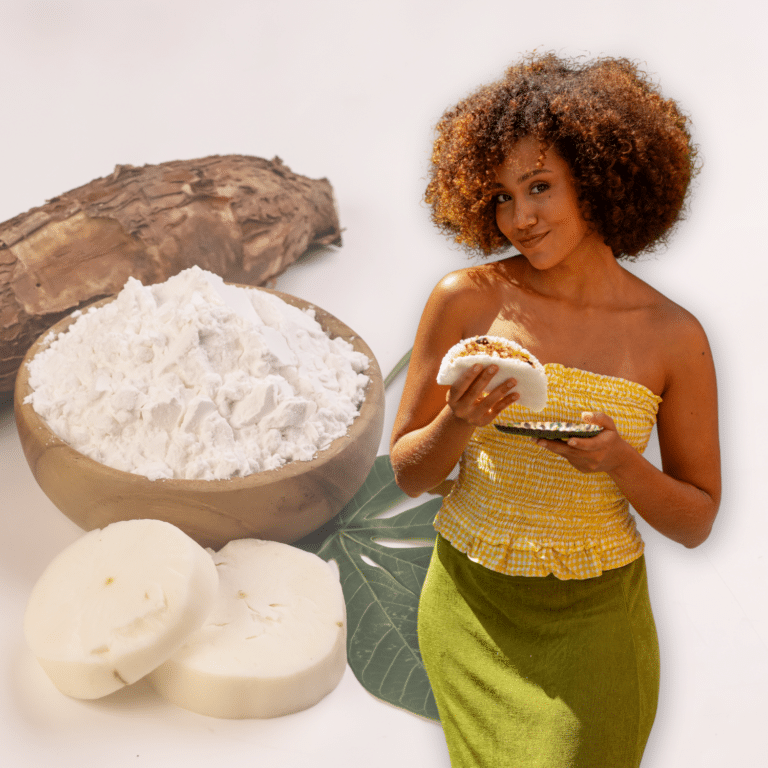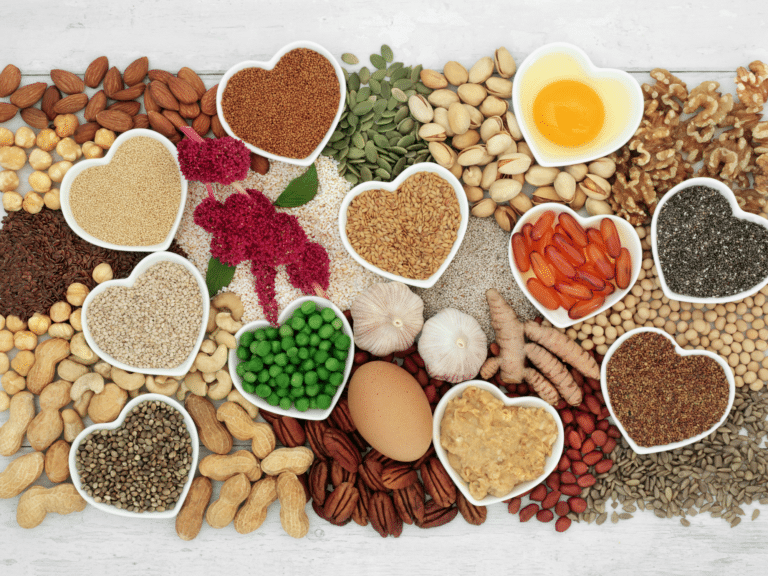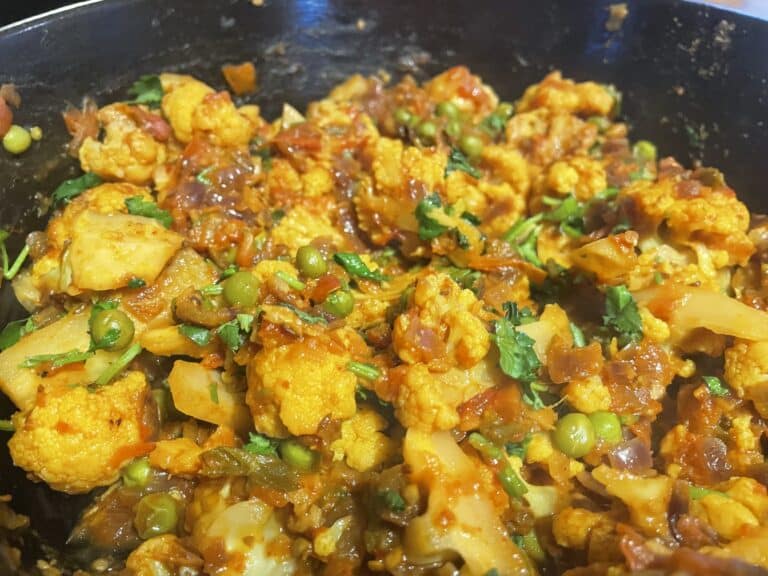Upma is a beloved breakfast dish in South Indian cuisine, known for its delightful texture and nourishing ingredients. The dish begins with rava or semolina, sautéed lightly with a tempering of mustard seeds, curry leaves, and green chilies, which not only add depth of flavor but also pack a punch of health benefits.
The addition of turmeric in the recipe brings a subtle earthiness and a wealth of medicinal benefits, including anti-inflammatory effects. To enhance the traditional recipe, I incorporate a half teaspoon of jaggery for sweetness and a generous amount of fresh or frozen coconut for a tropical touch.
Health-wise, Upma is incredibly beneficial. Semolina is a good source of energy and helps in maintaining good heart health due to its potassium content. The spices used in Upma, like mustard seeds and ginger, offer antioxidant properties that are essential for a healthy lifestyle.
Ingredients:
- 1 cup rava (semolina)
- 2 tbsp oil or ghee
- 1 tsp mustard seeds
- 1-2 green chilies, finely chopped
- 10-12 curry leaves
- 1 inch ginger, finely grated
- 1/2 tsp turmeric powder
- 1/2 cup onion, finely chopped
- 1/2 cup carrot, diced (optional)
- 1/2 cup peas (optional)
- 2-3 tbsp fresh or frozen grated coconut
- 1/2 tsp jaggery
- 3 cups water
- Salt to taste
- Fresh coriander for garnishing
Instructions:
- Roasting the Rava: Start by dry roasting the rava on medium heat in a non-stick pan until it becomes light golden and emits a nutty aroma. This step is crucial as it prevents the Upma from becoming sticky. Transfer the roasted rava into a separate bowl.
- Tempering: In the same pan, heat oil or ghee. Add mustard seeds and let them splutter. Then, green chilies, curry leaves, and grated ginger. Sauté for a minute until the spices release their flavors.
- Vegetables and Spices: Add onions to the pan and sauté until they turn translucent. Then, incorporate carrots and peas, cooking until they are tender. Stir in turmeric powder and a pinch of salt, mixing well.
- Cooking with Water: Pour water into the pan and bring it to a boil. Add the jaggery at this stage to dissolve it into the water, enhancing the dish’s subtle sweetness.
- Adding Rava: Once the water is boiling, slowly add the roasted rava while continuously stirring to avoid any lumps. Reduce the heat to low and cover the pan, allowing the Upma to cook for 5-7 minutes.
- Final Touches: Stir in the grated coconut for a creamy texture and check for seasoning, adjusting salt if necessary. Cover and let it sit for a few minutes to allow the flavors to meld.
- Serving: Garnish with fresh coriander before serving. Upma is best enjoyed hot and can be paired with a side of coconut chutney or sambhar for a truly South Indian experience.
Cooking Tips:
- Roasting the rava before cooking is key to achieving the perfect texture in your Upma.
- Consistently stir the rava while adding it to the water to ensure a smooth, lump-free texture.
- Adjust the amount of green chilies based on your spice preference.
Making Upma always takes me back to those mornings spent in my mother’s kitchen, where every ingredient had a story and every dish was made with love. It’s my hope that this recipe brings the same warmth and joy to your table.

